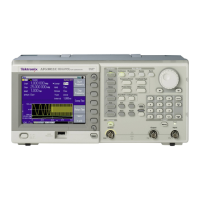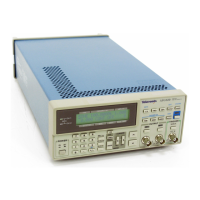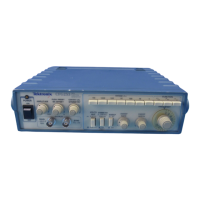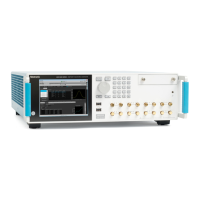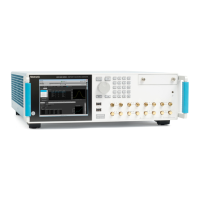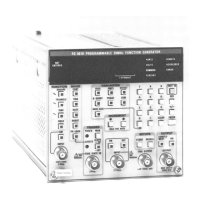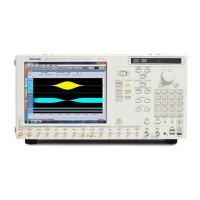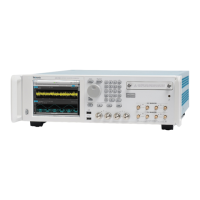SDI7 module troubleshooting
2. Press the Modul
e button to select SDI7 [x-1].
3. Press the up (▲)ordown(▼) arrow b uttons to choose Diagnostics,andthen
press the Ente
r button to enter the diagnostics submenu.
4. Press the left (◄)orright(►) arrow buttons to scroll through the following
diagnostic
tests:
PLL Status: Flex0:Lock (output channel 1) and Flex1:Lock (output
channel 2) s
hould be displayed. If the appropriate Locked message is not
displayed when expected, it can indicate a problem with the module or
with the input clock from the mainframe.
DDS Status: DDS0 Phase:Lock (output channel 1) and DDS1 Phase:Lock
(output channel 2) should be displayed. If the appropriate Locked message
is not displayed when expected, it can indicate a problem with the module
or with the input clock from the mainframe.
Temperatures: The SDI7 module d etects the temperature on the board.
This temperature is normally about 15 °C above ambient temperature.
If the temperature is very high or low, check that the fan is operating,
the in
stallation clearances a re correct, and that all cables are connected
properly. If there is still a problem, replace the SDI7 module.
FPGA V
ersion: Current: shows the FPGA version that is loaded.
Expected: shows the version that the operating firmware expects. If these
are different, consider upgrading the firmware.
Voltage Mon (1, 2, 3, & 4): All internal voltages except the mainframe
+5 V supply are measured and d isplayed with “OK” if they are within the
established limits (+1.2 V, +1.5 V, +1.8 V, and +3.3 V). If any voltages are
out of the established limits, the SDI7 module must be replaced.
DDS Sweep: This diagnostic capability is available only in factory mode
and is not used in normal module troubleshooting. If you run this test, you
must restart the instrument to continue.
SRAM Address Bus (1, 2, & 3): Each of the 18 dashes represents one
address bus line. A dash “-” indicates OK, “S” indicates shorted, “H”
indicates stuck high, and “L” indicates stuck low.
SRAM Data Bus (1, 2, & 3): Each of the 16 dashes represents one data
bus line. A dash “-” indicates OK, “S” indicates shorted, “H” indicates
stuck high, and “L” indicates stuck low.
SRAM Memory Test: Press the ENTER button to start the test. The test
takes approximately 60 seconds to complete. If 0 bad sectors d etected is
not displayed, replace the SDI7 module.
14–16 TG8000 Multiformat Test Signal Generator Service Manual
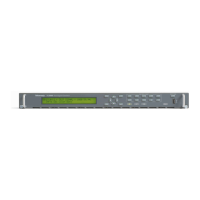
